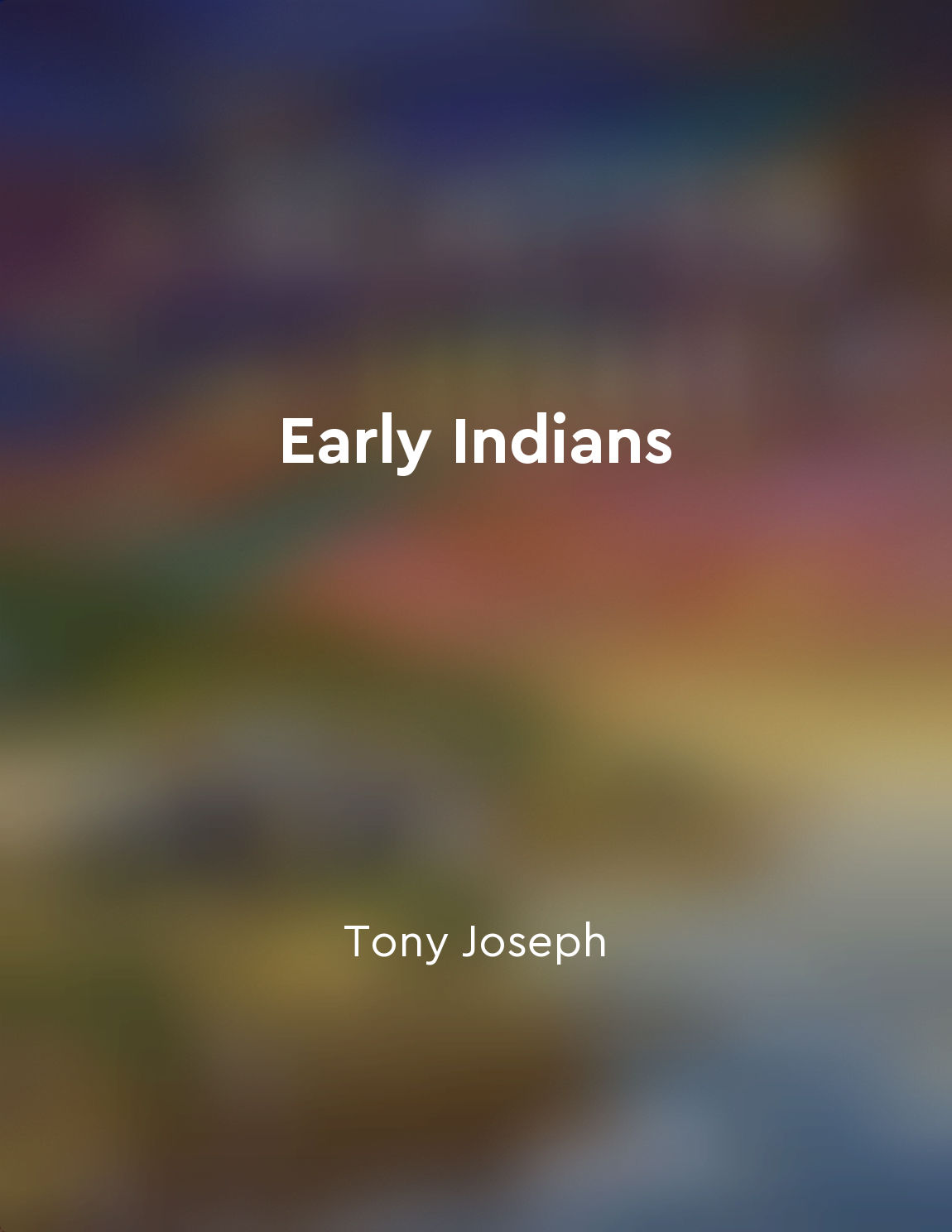Genetics reveal intermixing of populations from "summary" of Early Indians by Tony Joseph
The study of genetics has provided us with a profound insight into the ancient history of human populations in the Indian subcontinent. By analyzing DNA samples from individuals belonging to different ethnic groups, scientists have been able to trace the movements and interactions of various populations over thousands of years. What these genetic studies have revealed is the extensive intermixing of different groups of people, leading to a complex web of ancestry that defies simplistic categorization. The genetic data shows that the Indian population is a mosaic of different ancestral components, with contributions from multiple sources. These components are not neatly segregated into distinct groups but are instead interwoven through centuries of migration, intermarriage, and cultural exchange. This intermixing has been a defining feature of Indian society, shaping its diversity and complexity. One of the key findings of genetic research is the evidence of multiple waves of migration into the subcontinent. These migrations brought people from different regions and backgrounds, leading to a blending of genetic lineages. For instance, the arrival of migrants from West Eurasia and Central Asia introduced new genetic elements into the Indian gene pool, enriching its diversity. The genetic data also points to the presence of indigenous population groups that have inhabited the subcontinent for thousands of years. These ancient lineages have left their mark on the genetic landscape of India, contributing to its unique genetic makeup. The interplay between these indigenous groups and incoming populations has resulted in a complex tapestry of genetic diversity. Furthermore, genetic studies have shed light on the social dynamics of ancient Indian society. By analyzing patterns of genetic variation, researchers have been able to infer aspects of population structure, mobility, and social organization. For example, the presence of genetic continuity across different regions suggests the movement of people and ideas within the subcontinent.- Genetics has revolutionized our understanding of the history of human populations in India. The intermixing of different groups has been a central feature of the Indian genetic landscape, shaping its diversity and complexity. By unraveling the genetic threads that connect us to our ancestors, we gain a deeper appreciation of the rich tapestry of Indian heritage.


